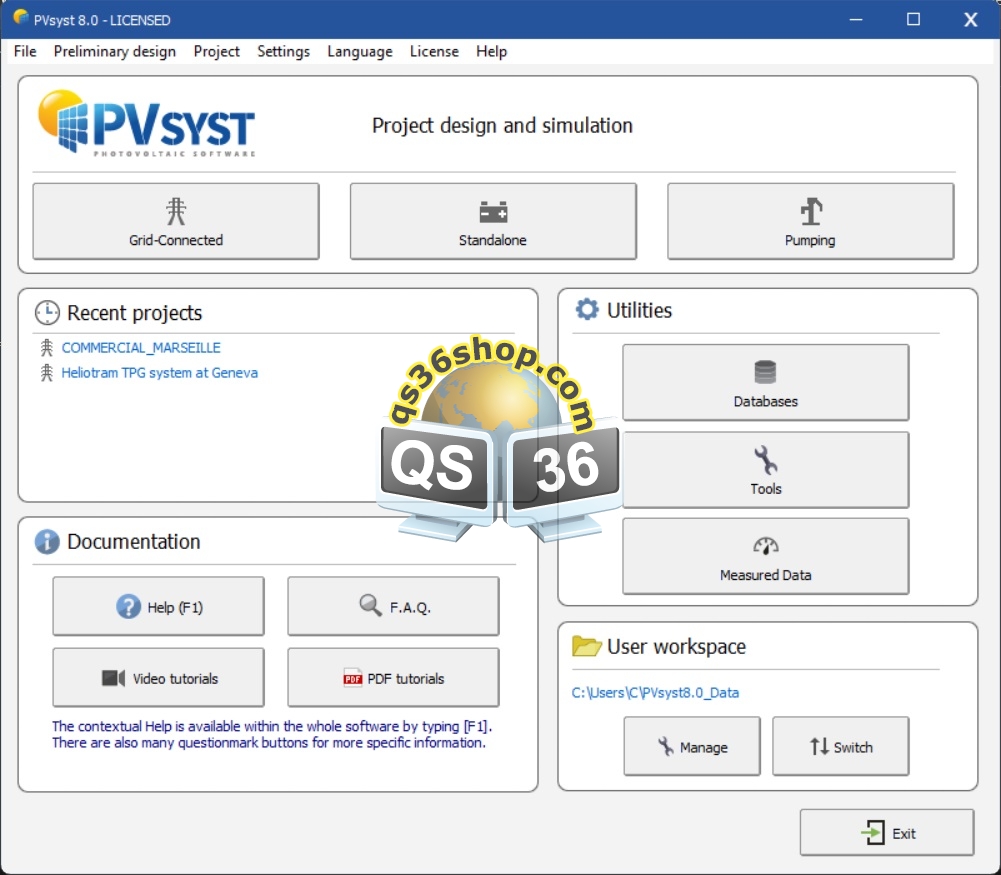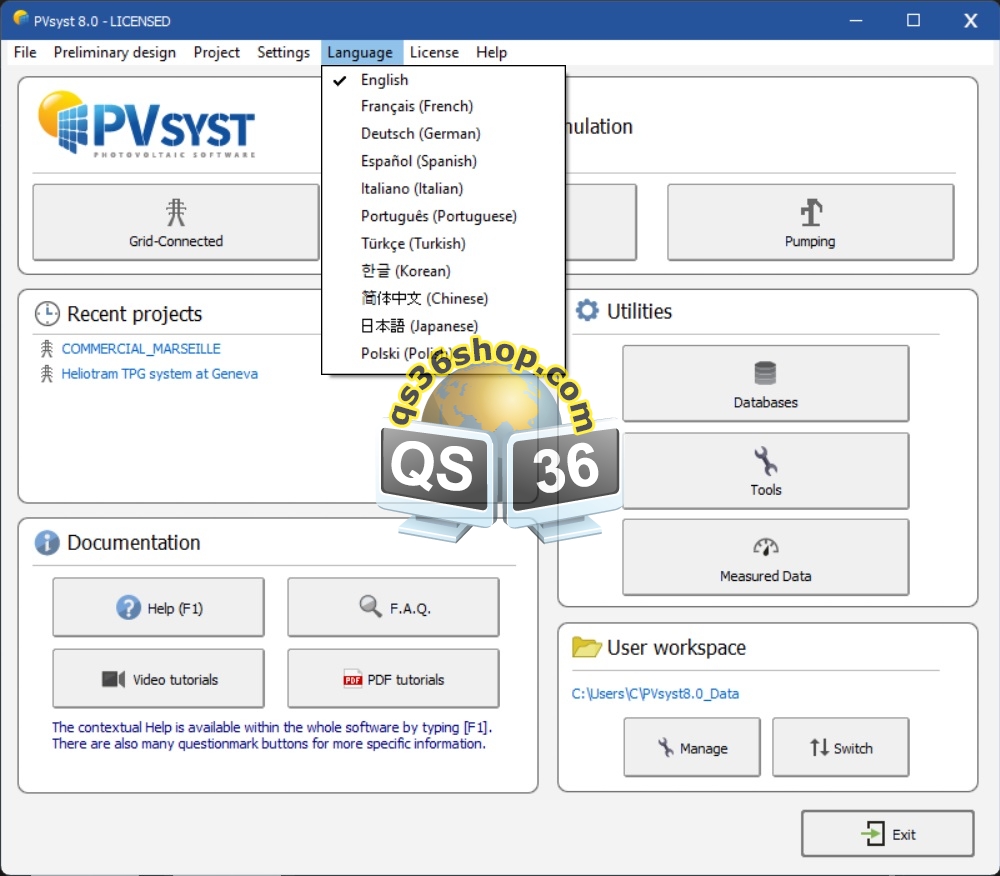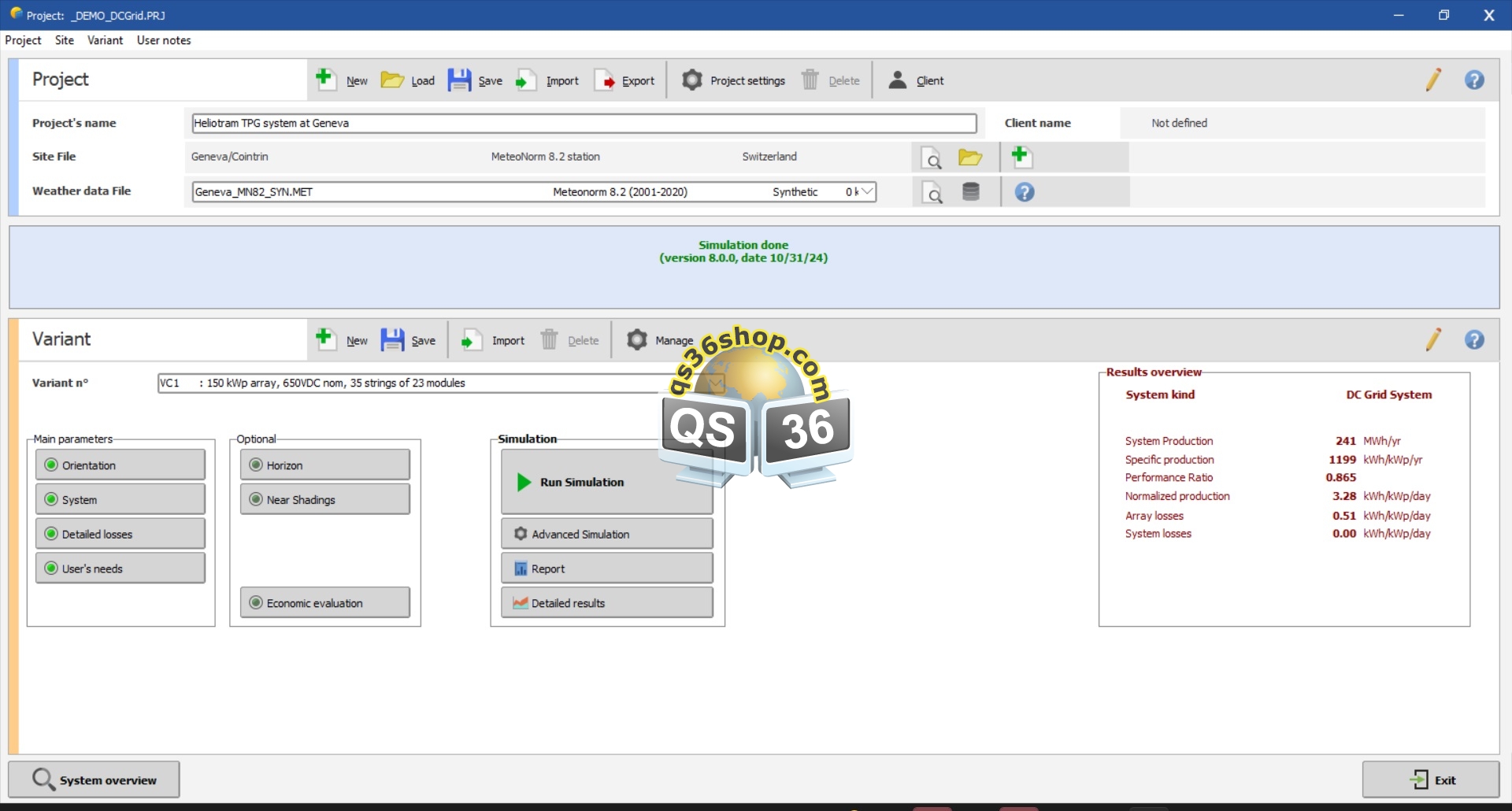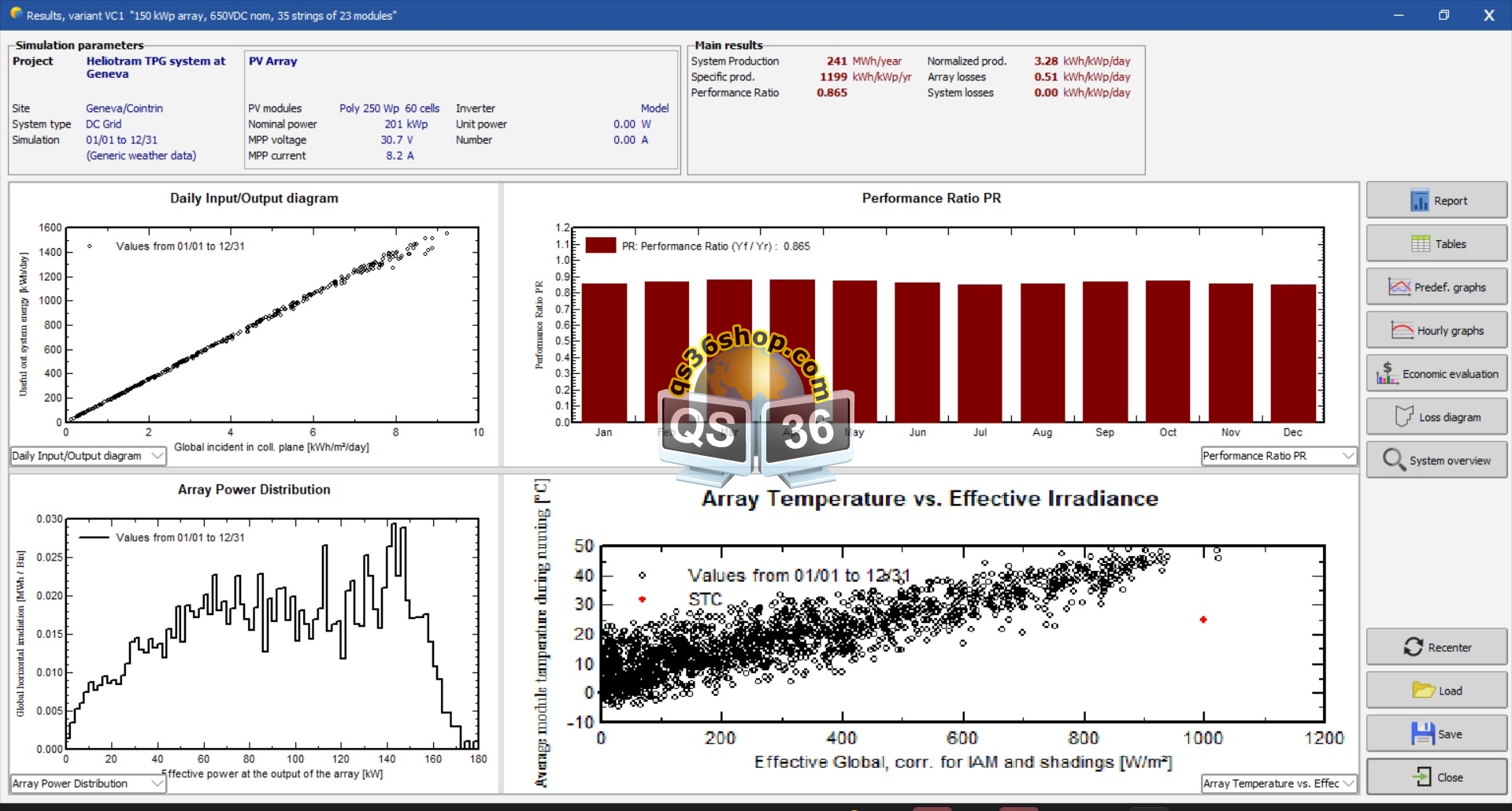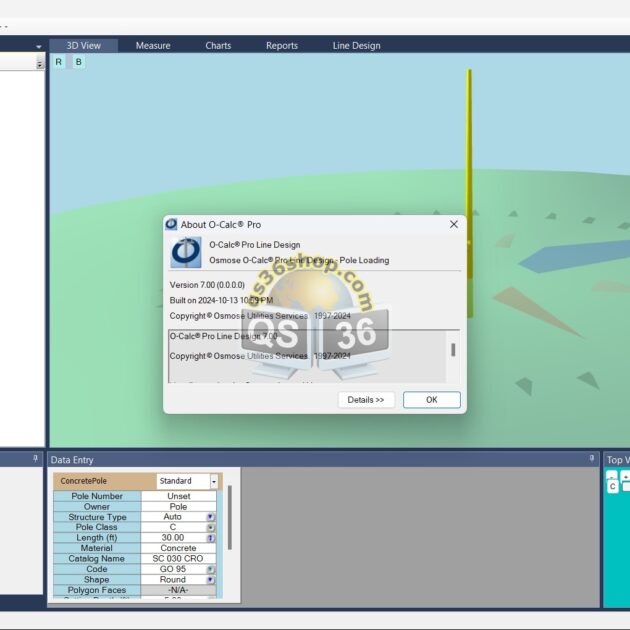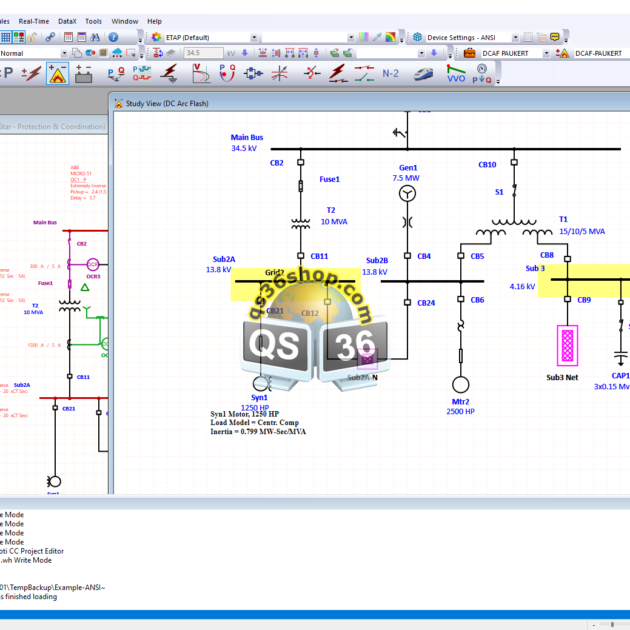PVsyst 8.0 Full
- Full Version ✅
- Multilanguage ✅
- Supports Windows 7/8/8.1/10/11 ✅
- 64 bits compatibility ✅
- Comes with all necessary files to Install & Activate ✅
- Permanent activation ✅
- Install guide is included ✅
- It can be installed on as many computers as you want ✅
- One-time payment! ✅
Total Sold: 44
Tags: crack, cracked, download, electrical, full version, pvsyst 
